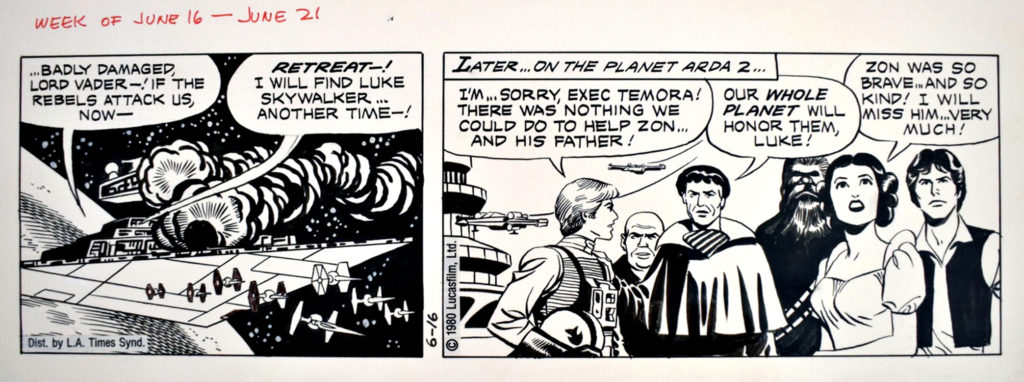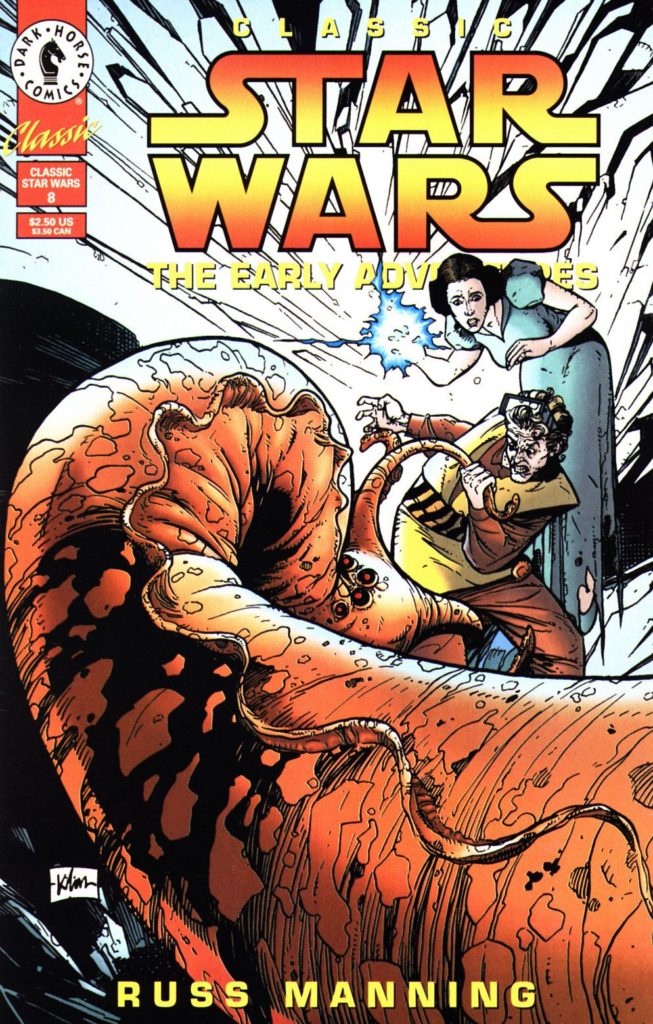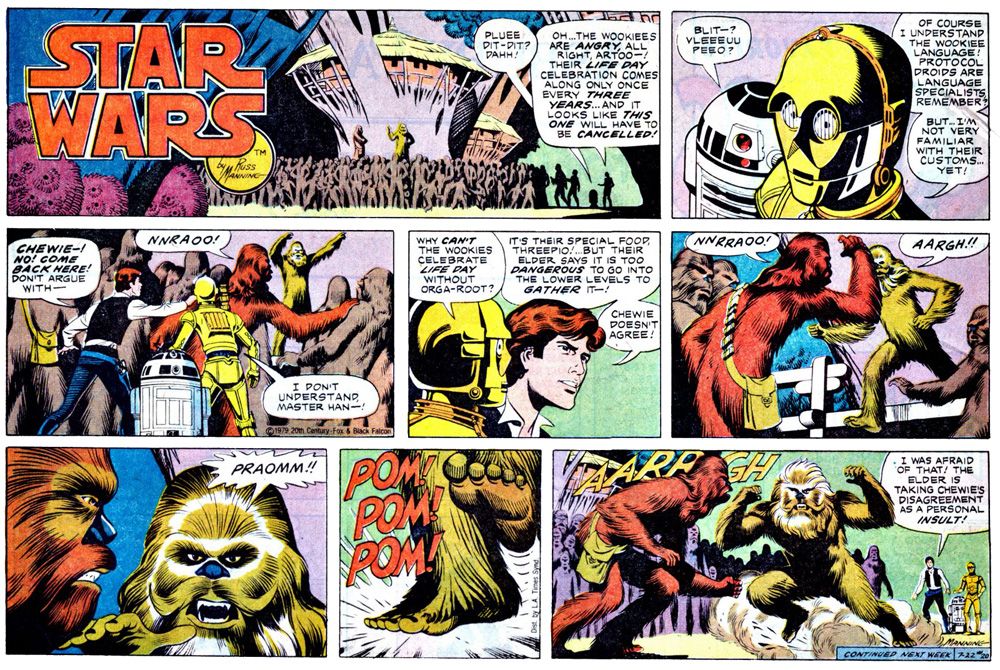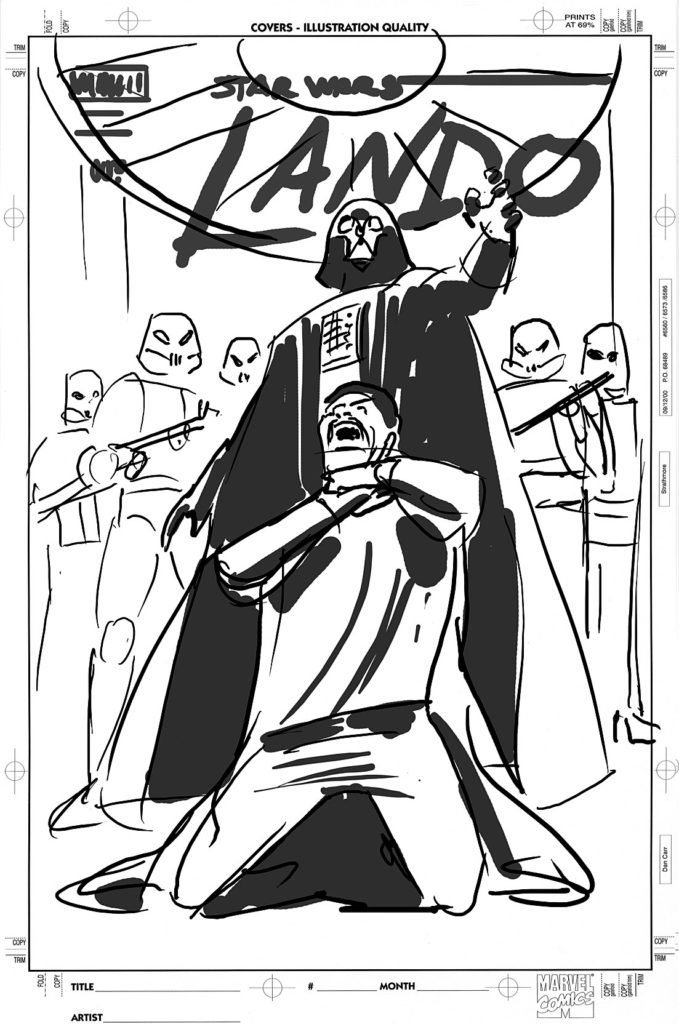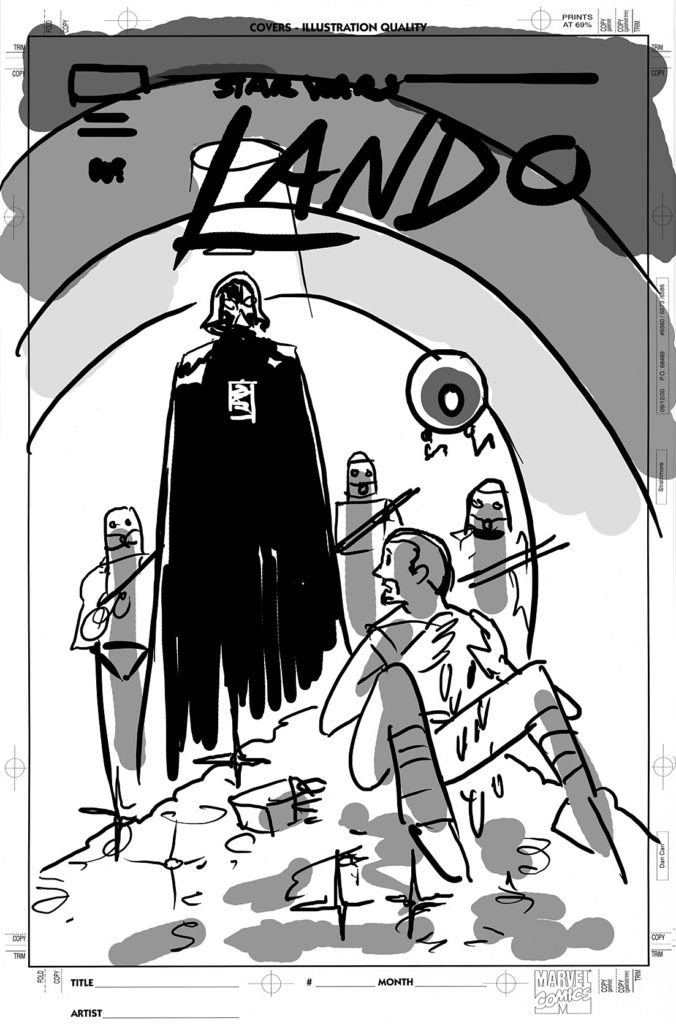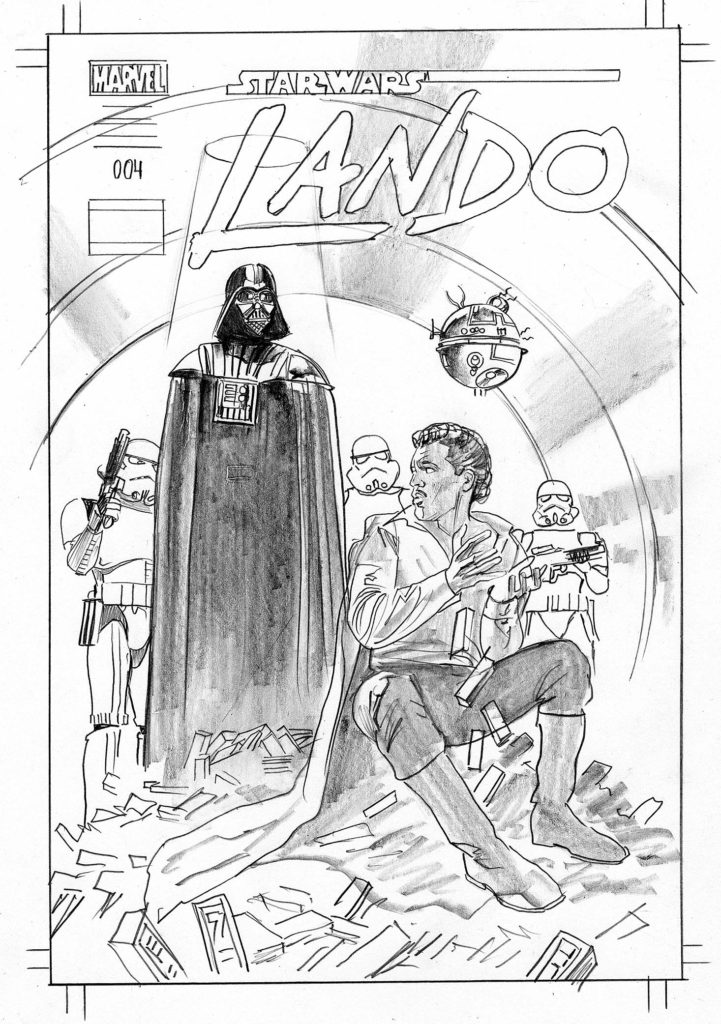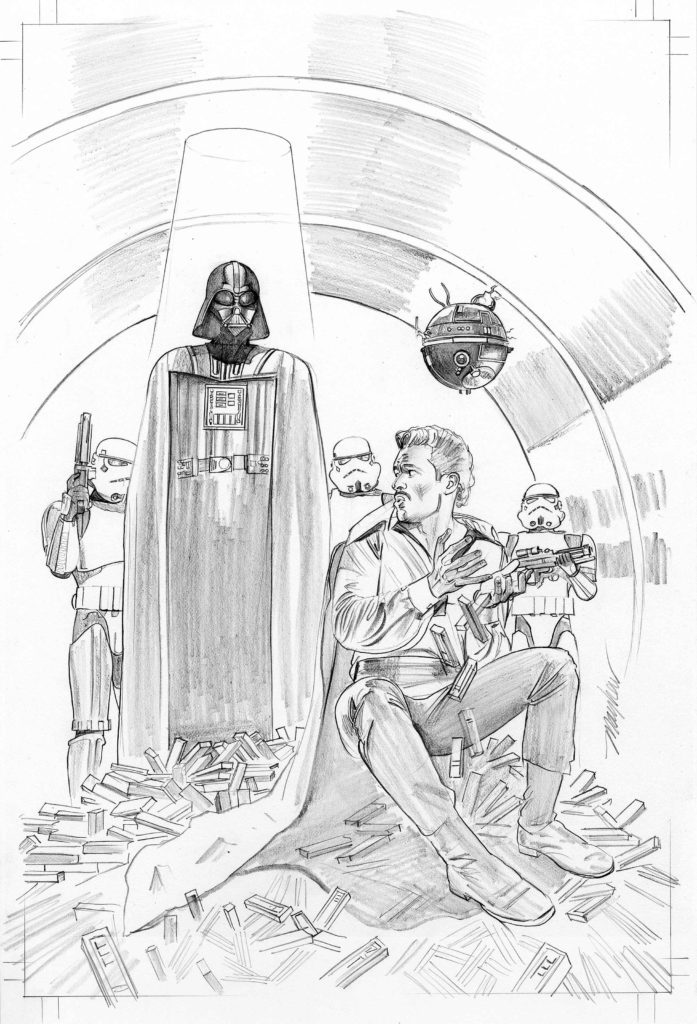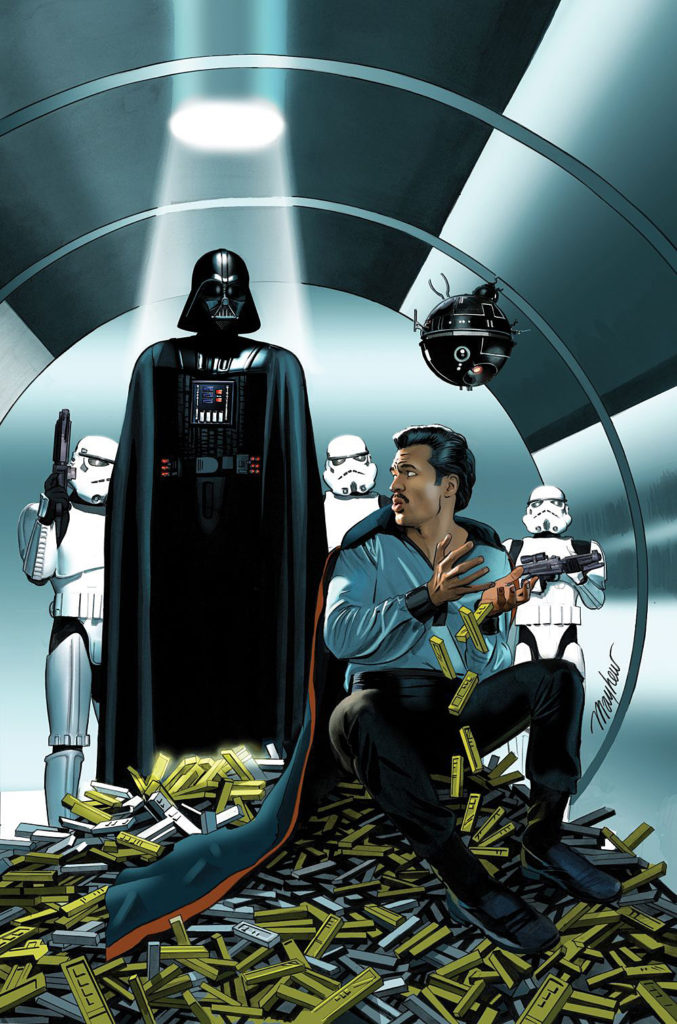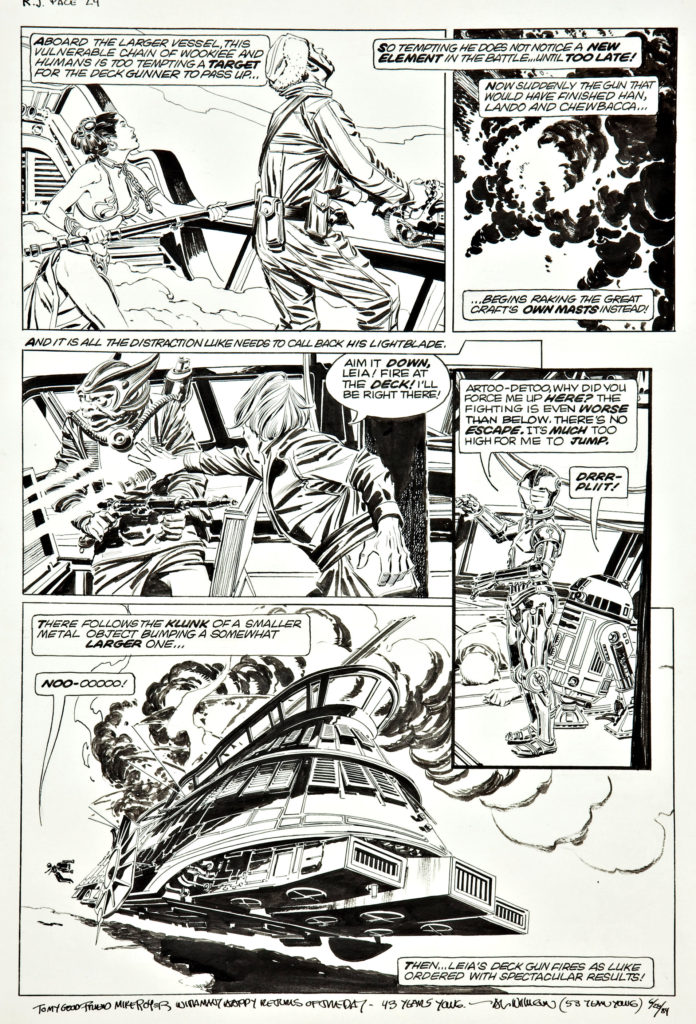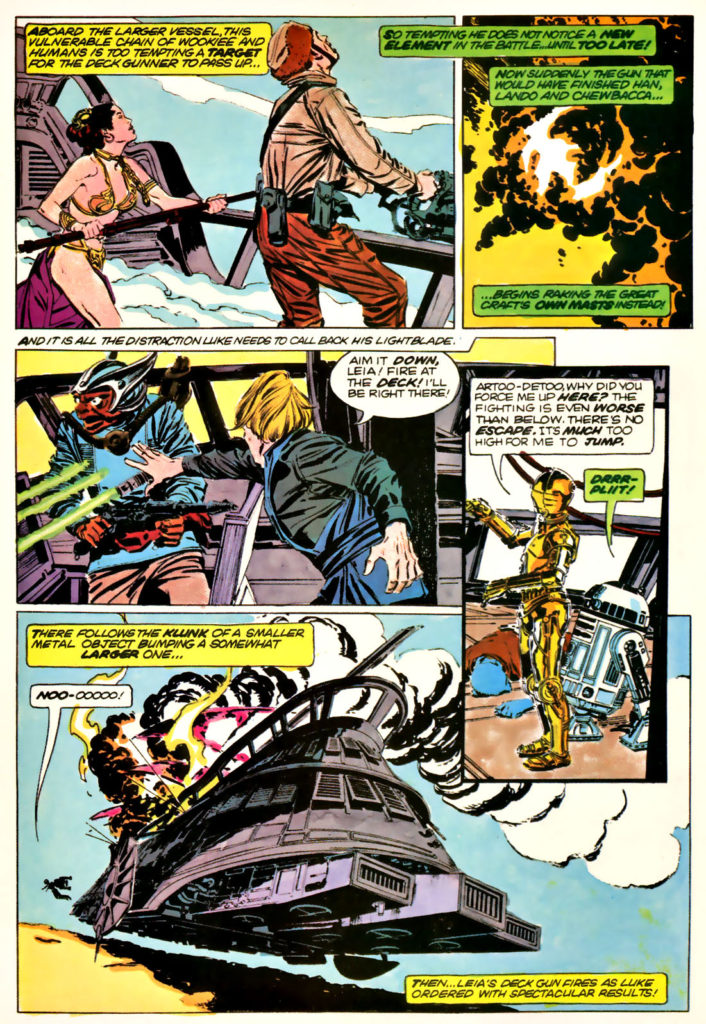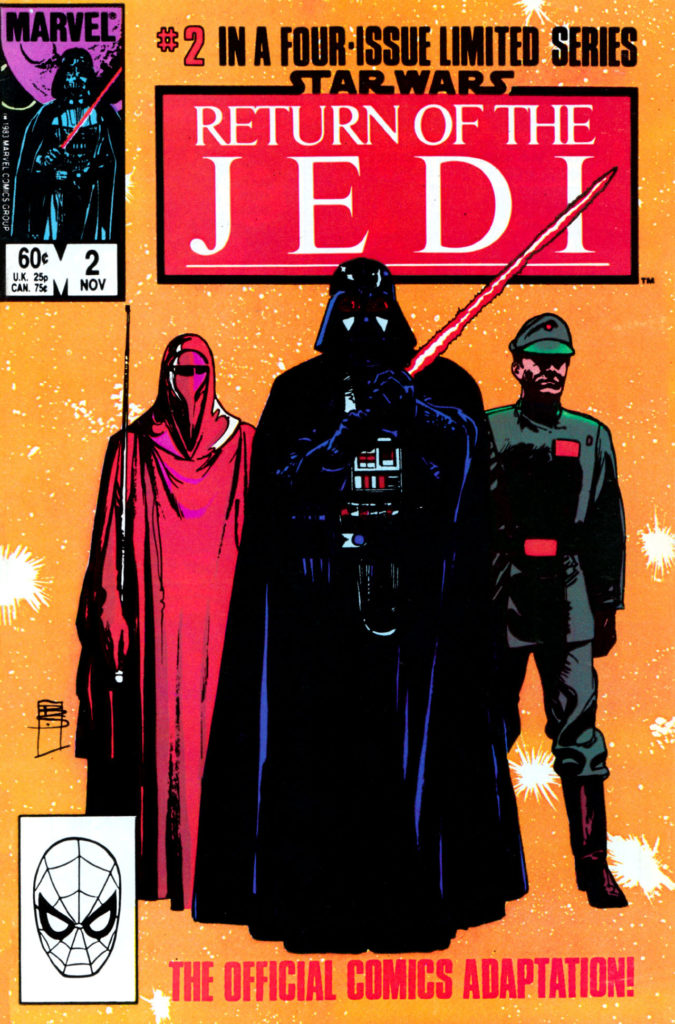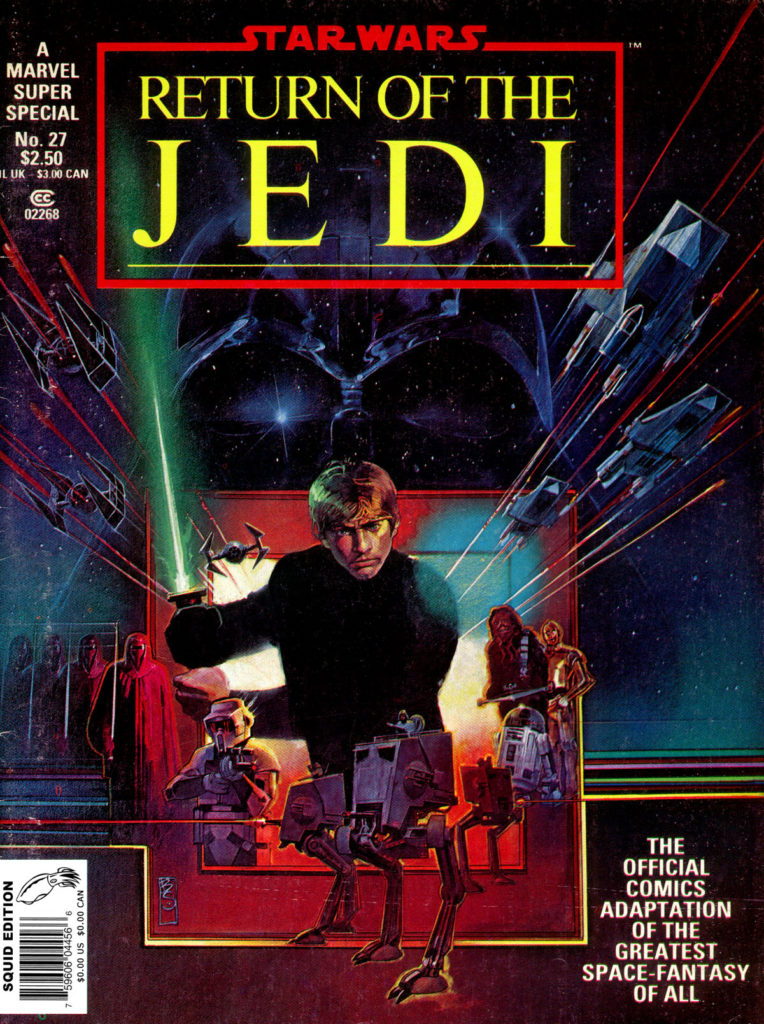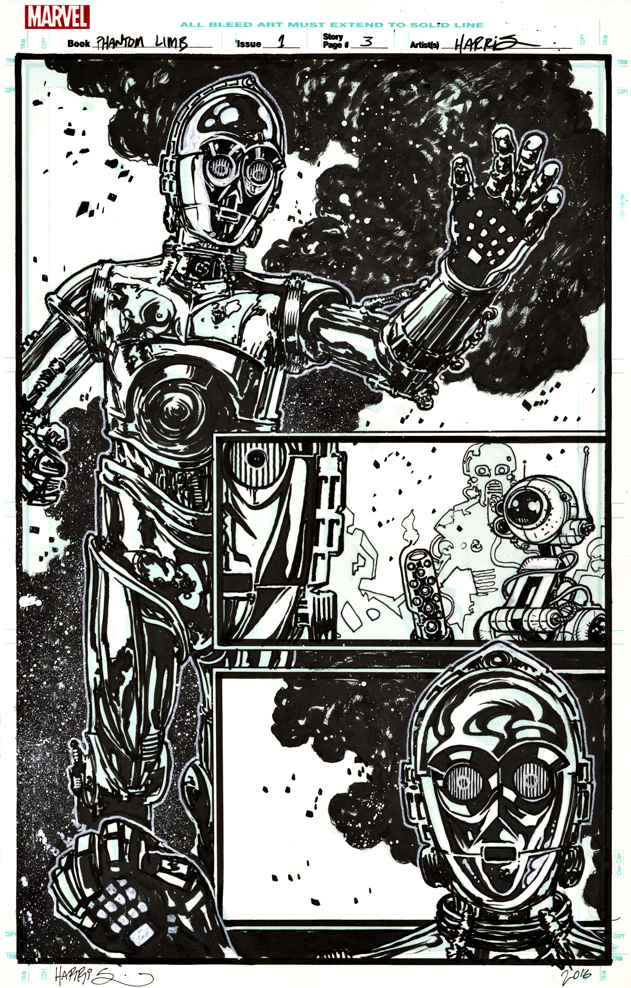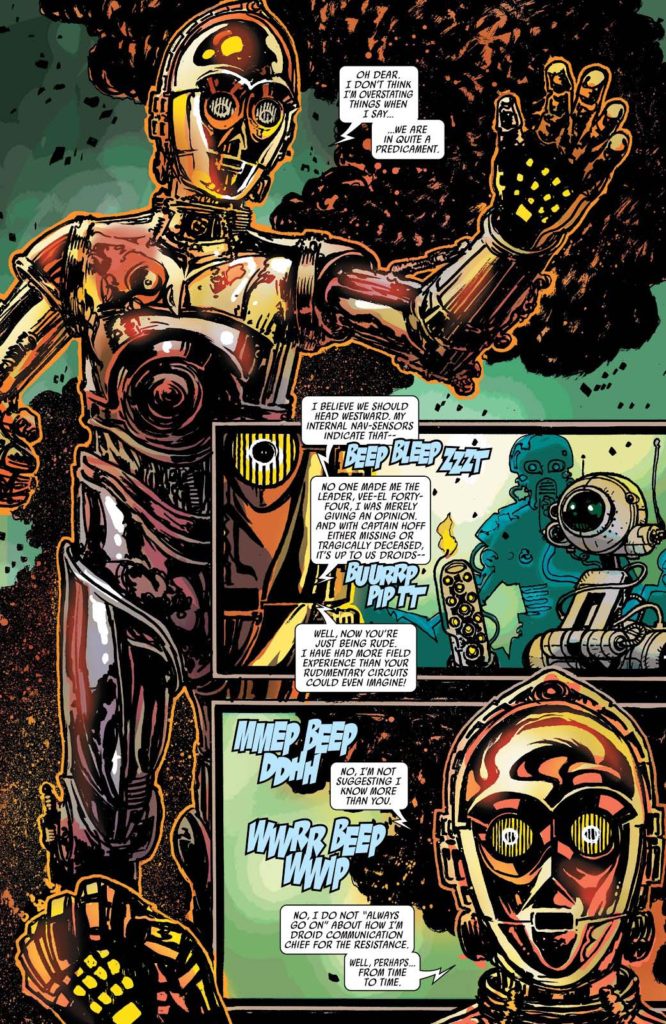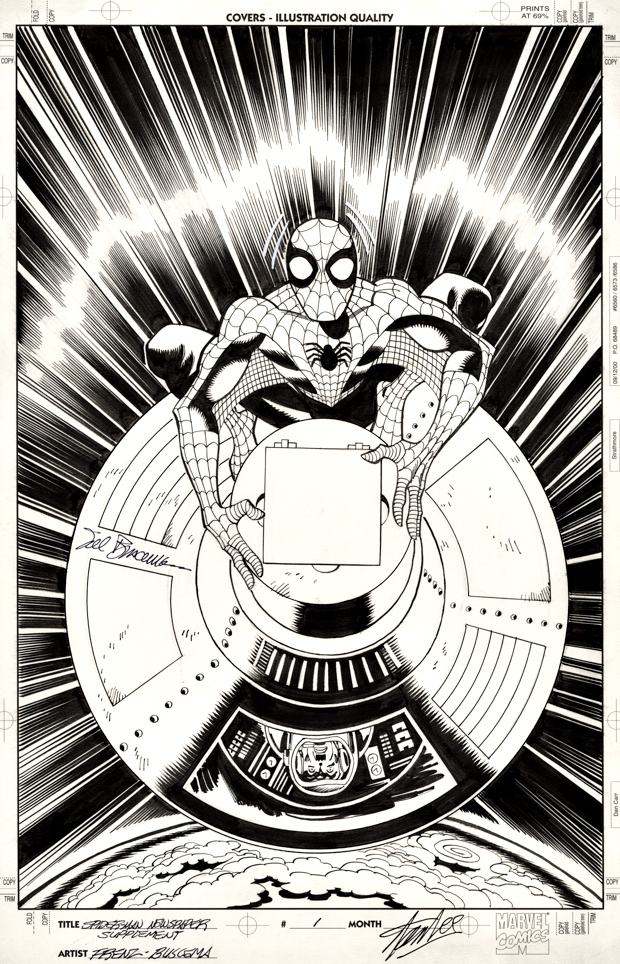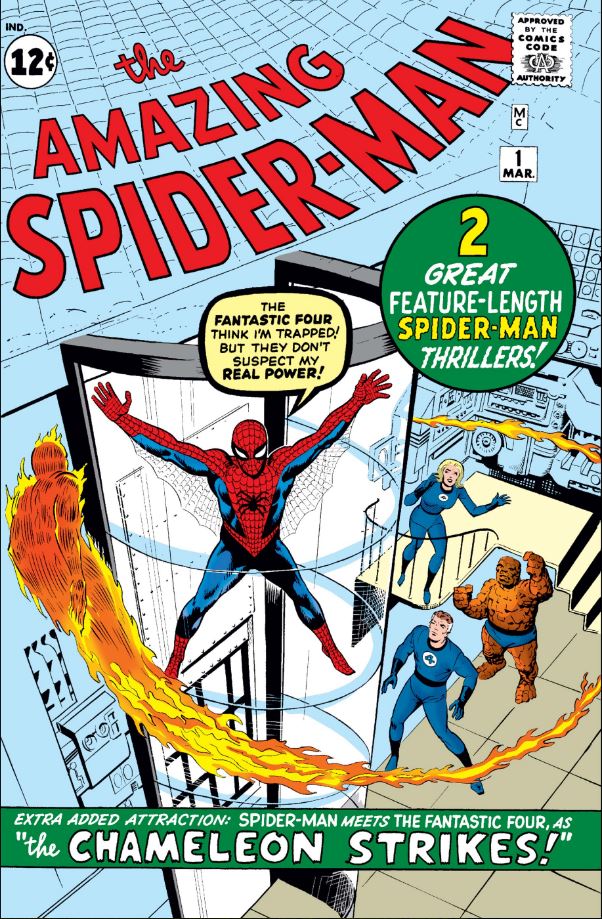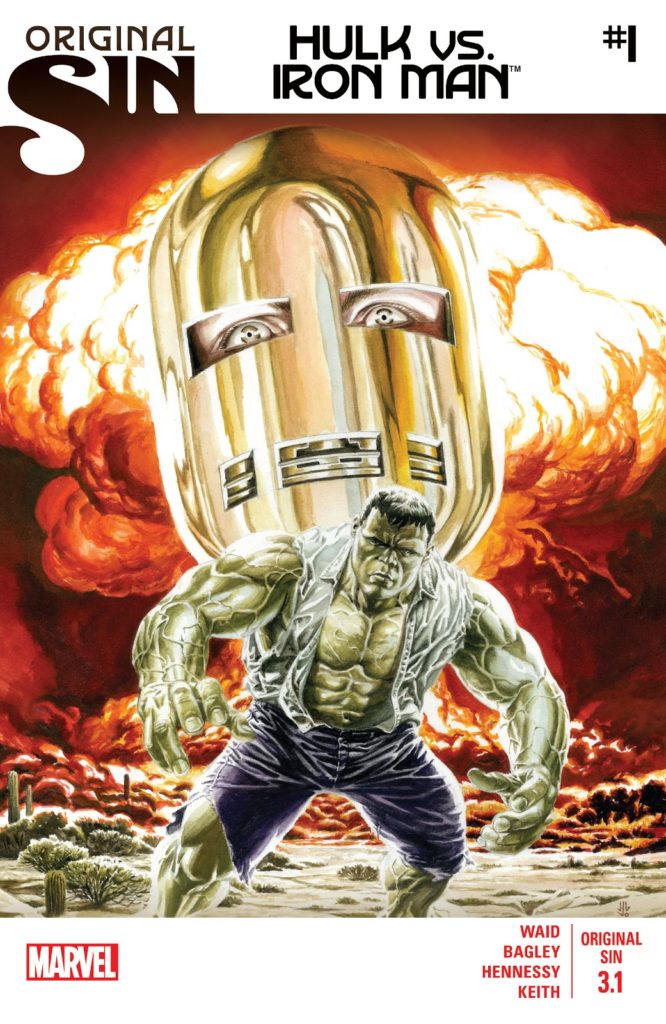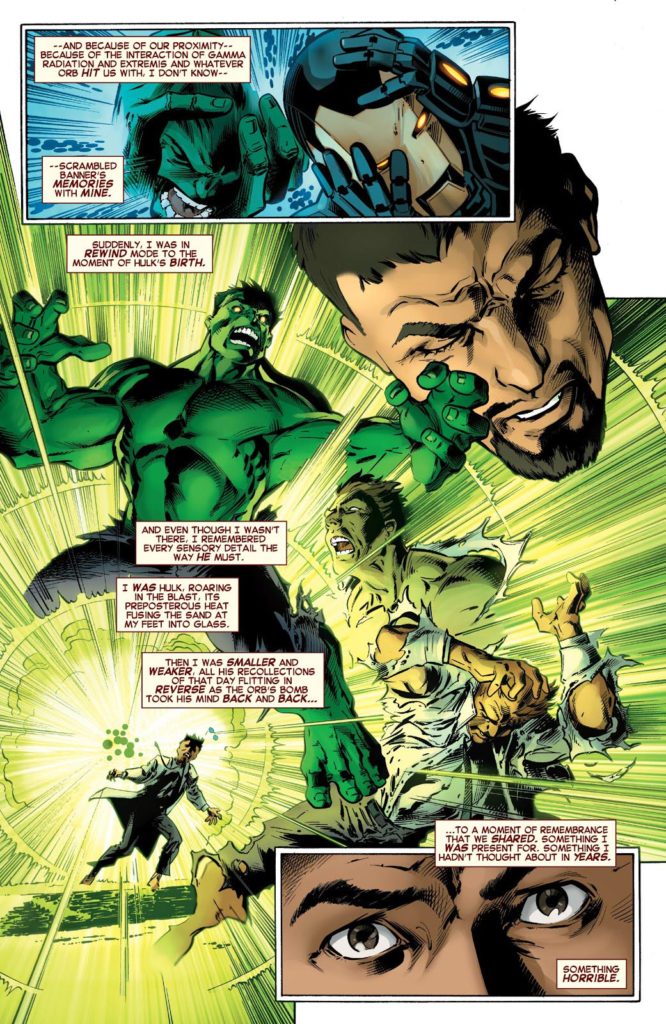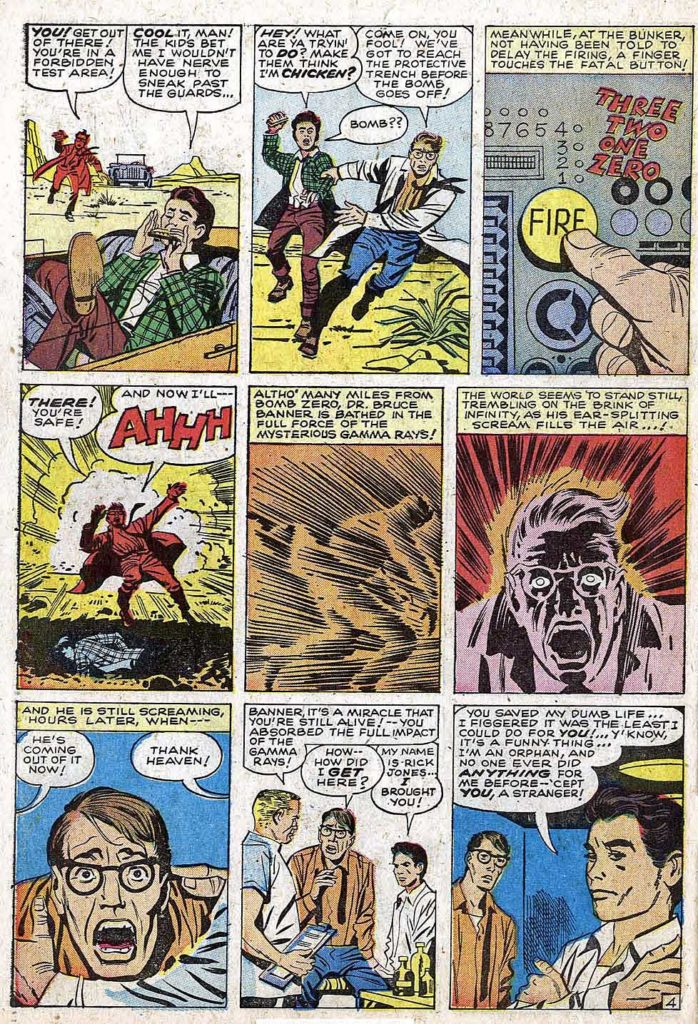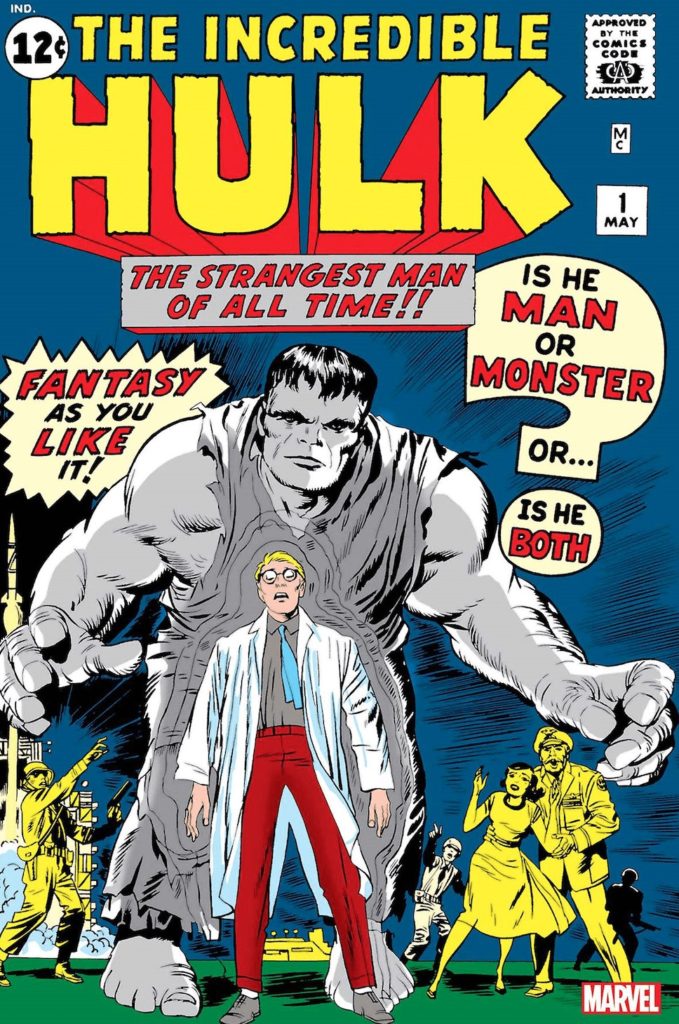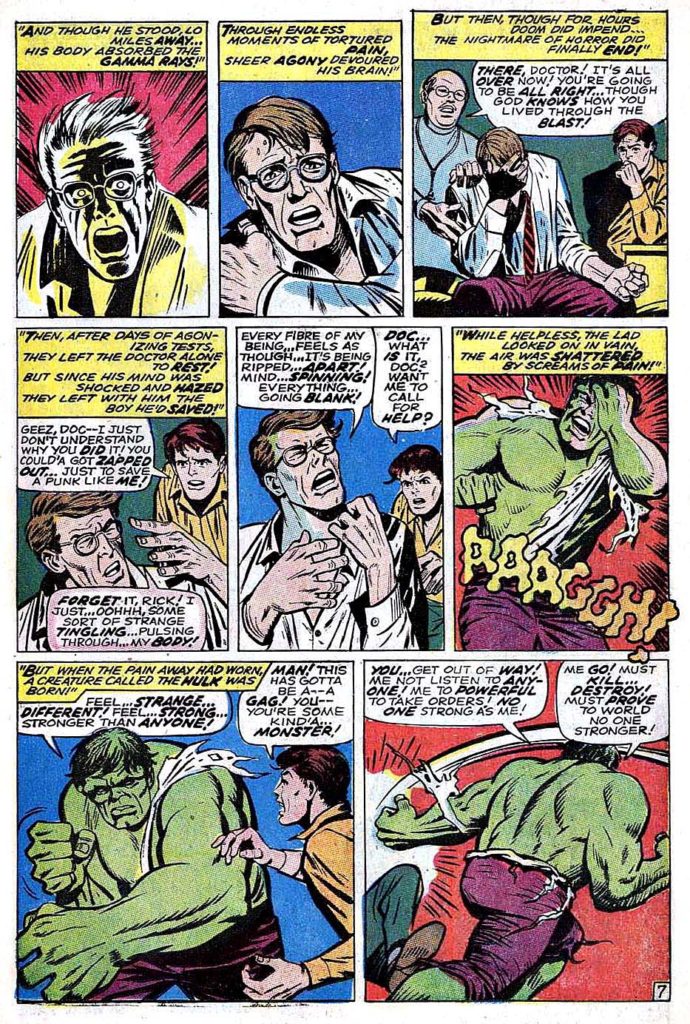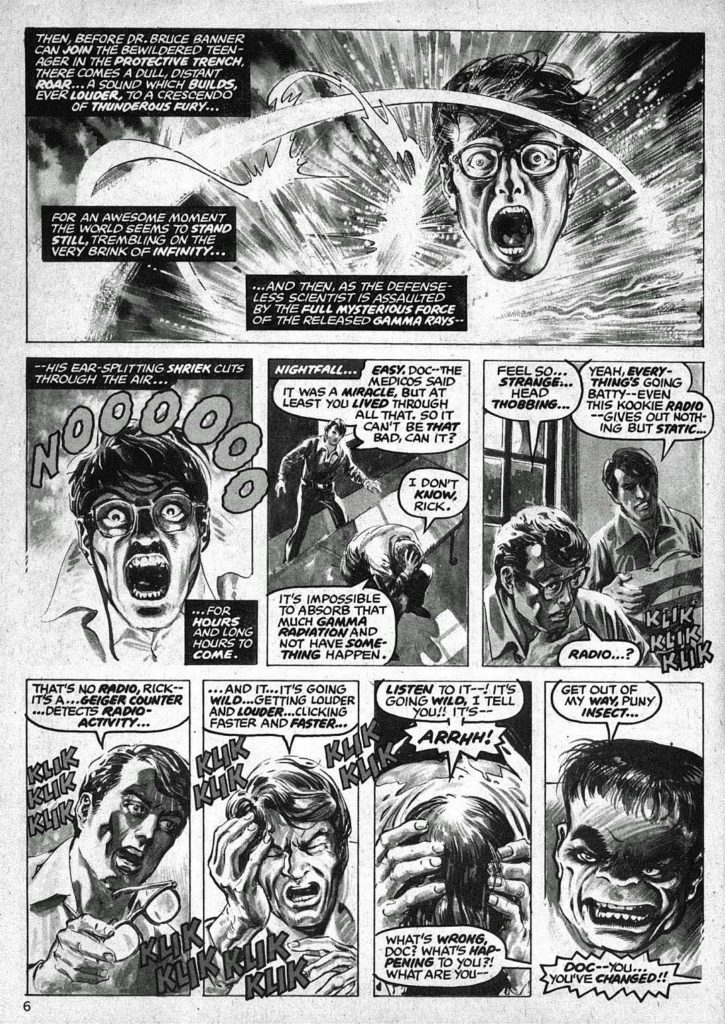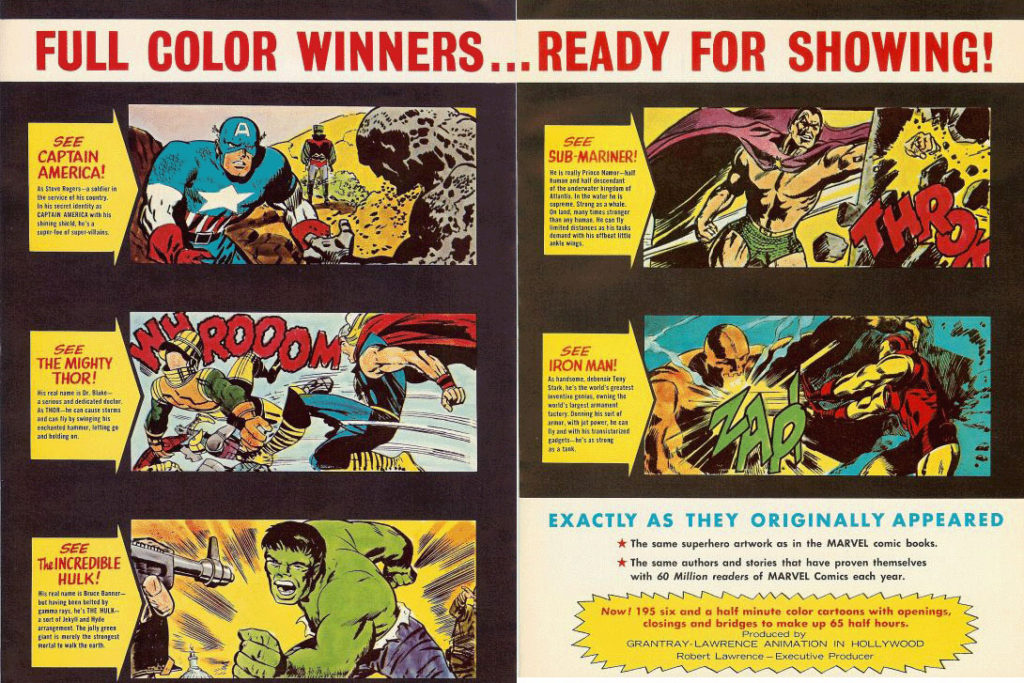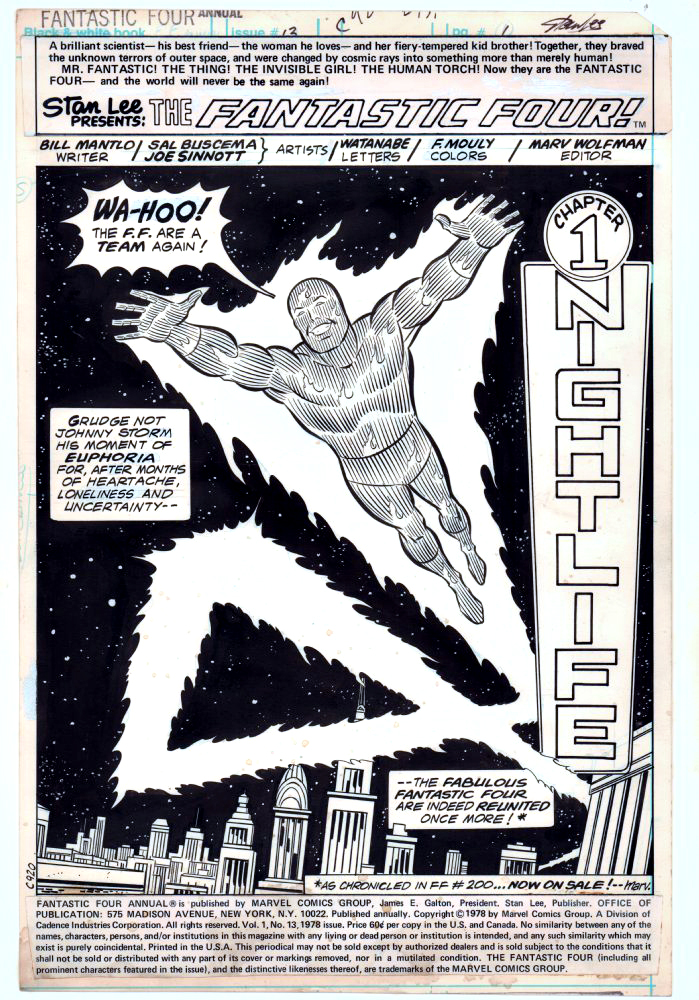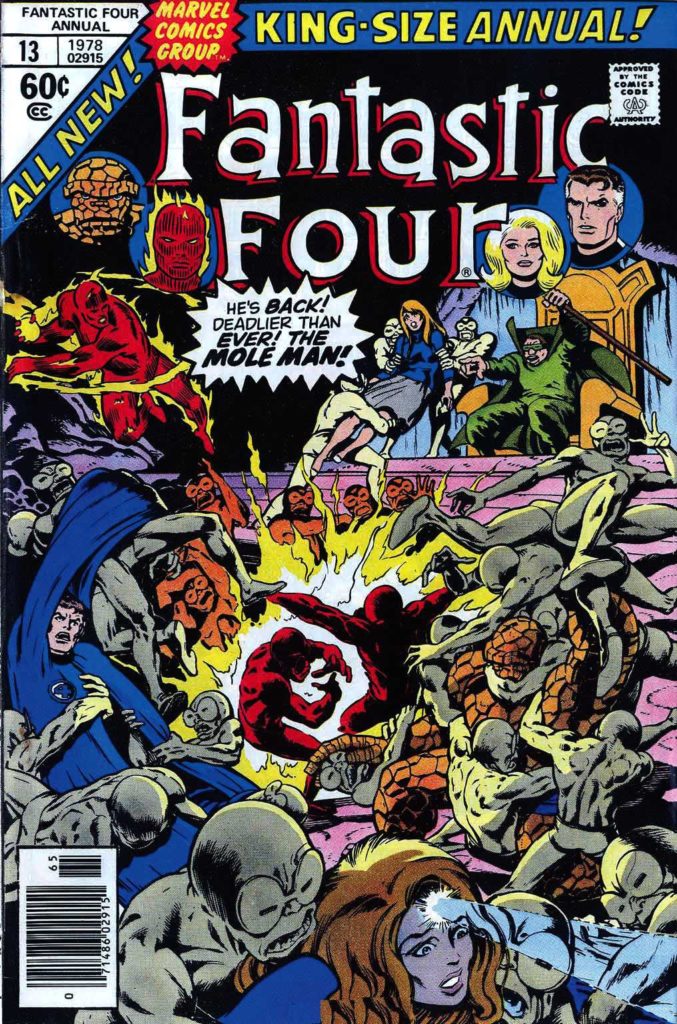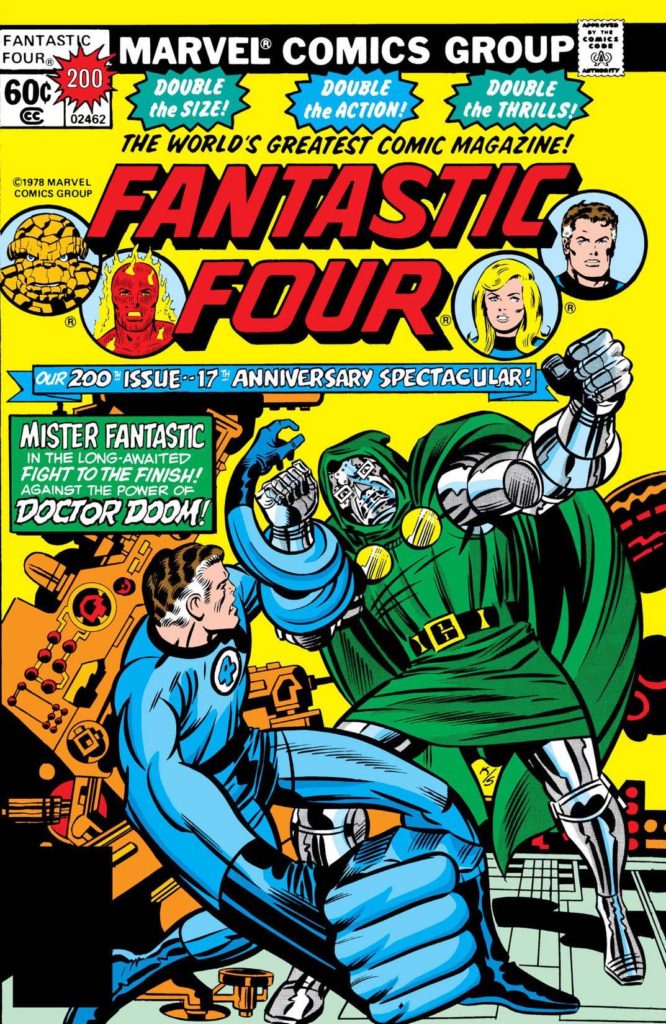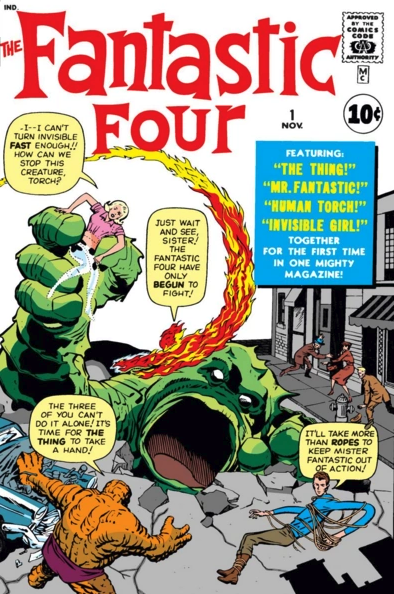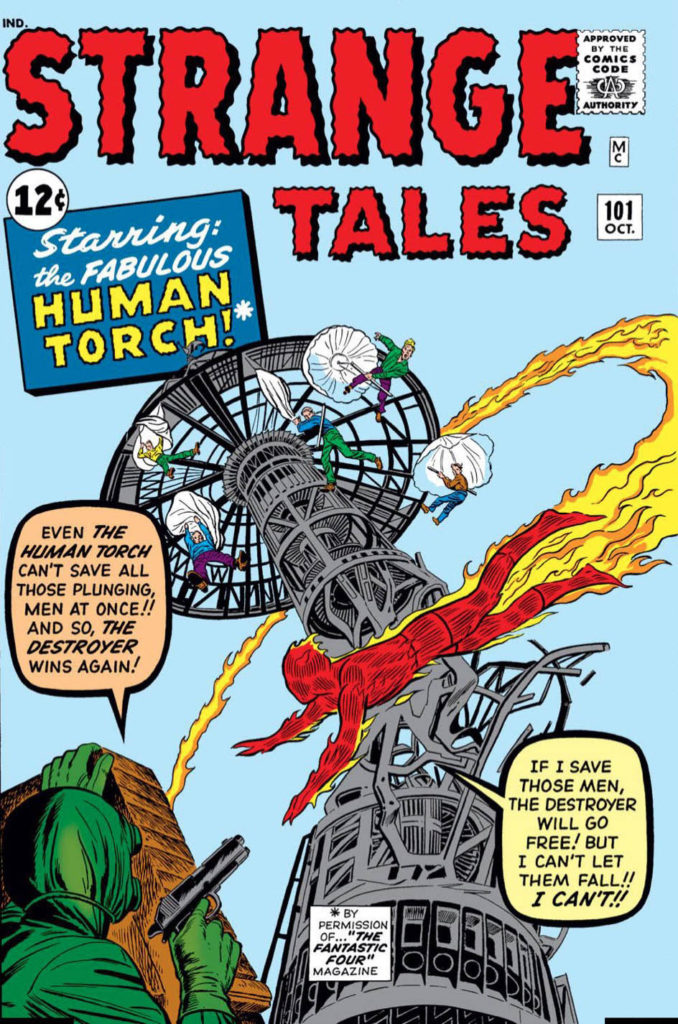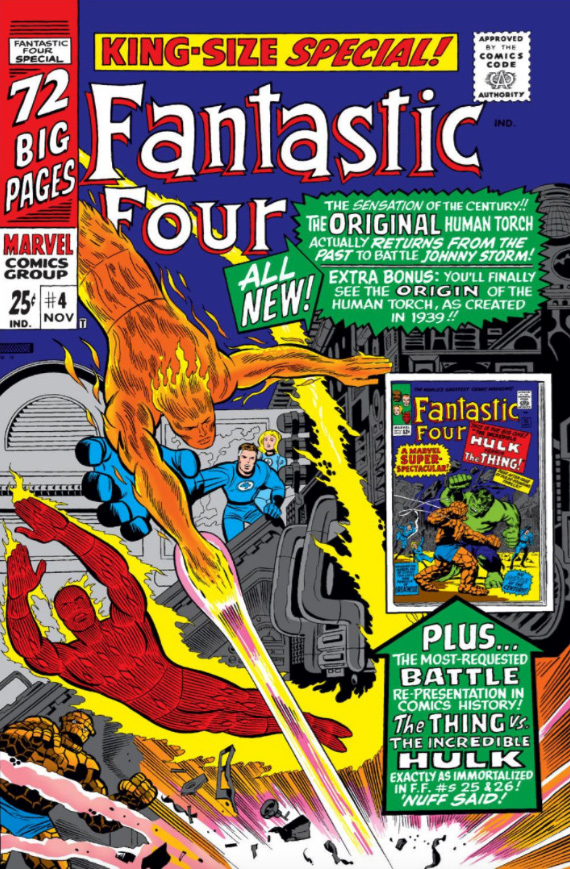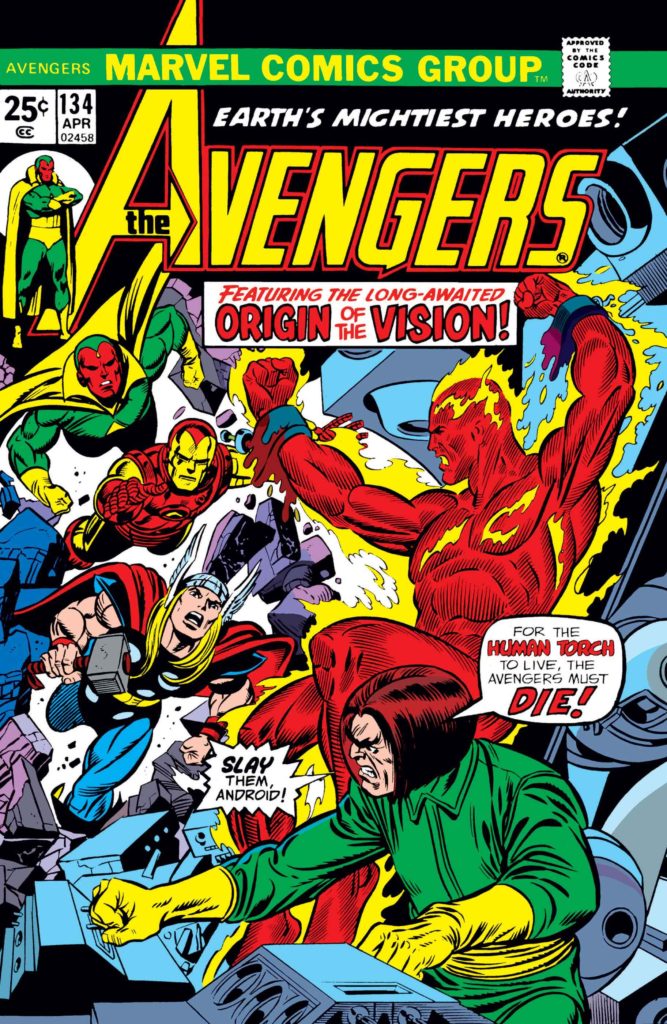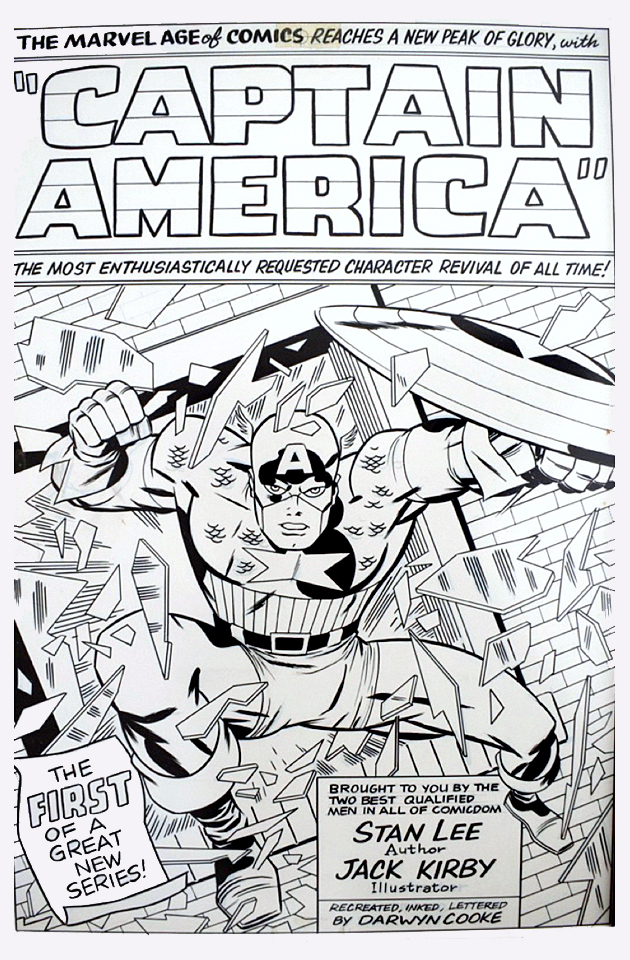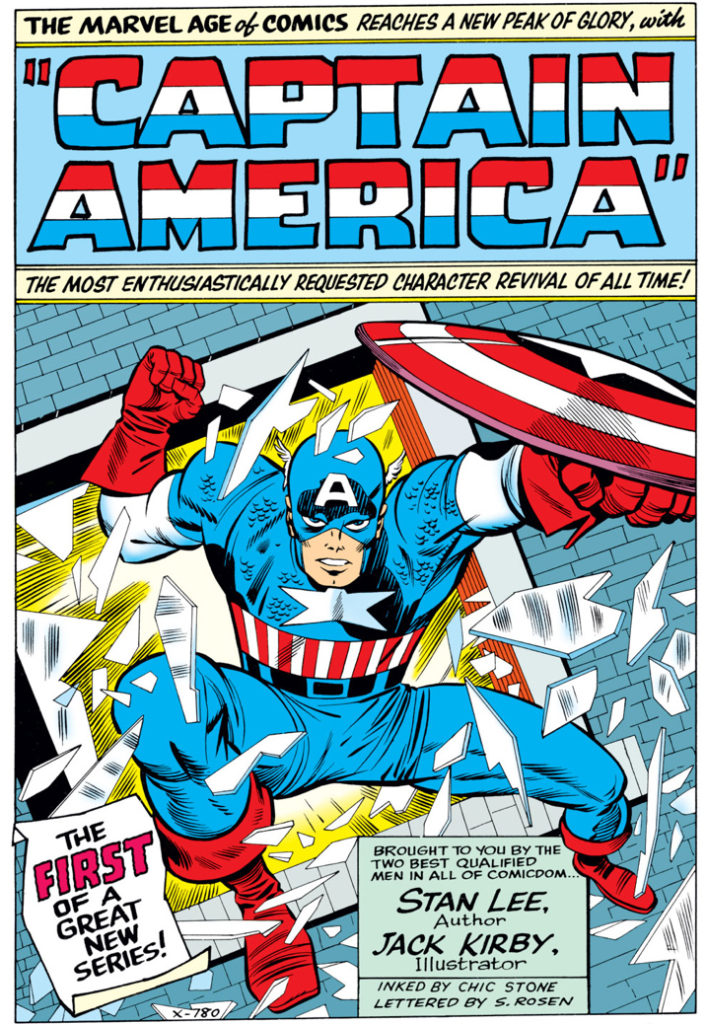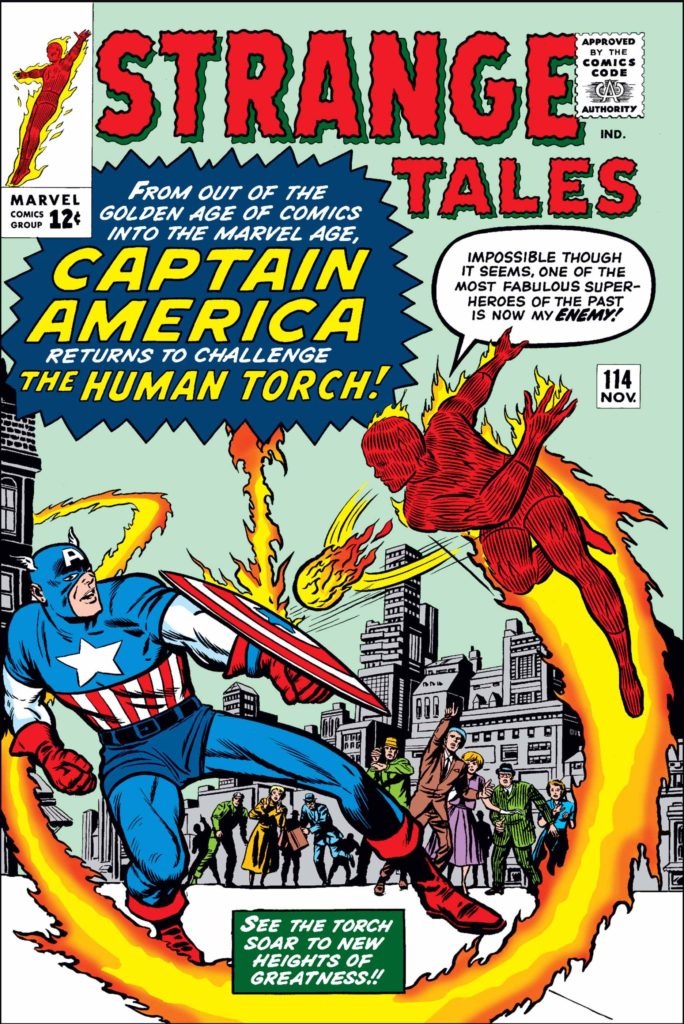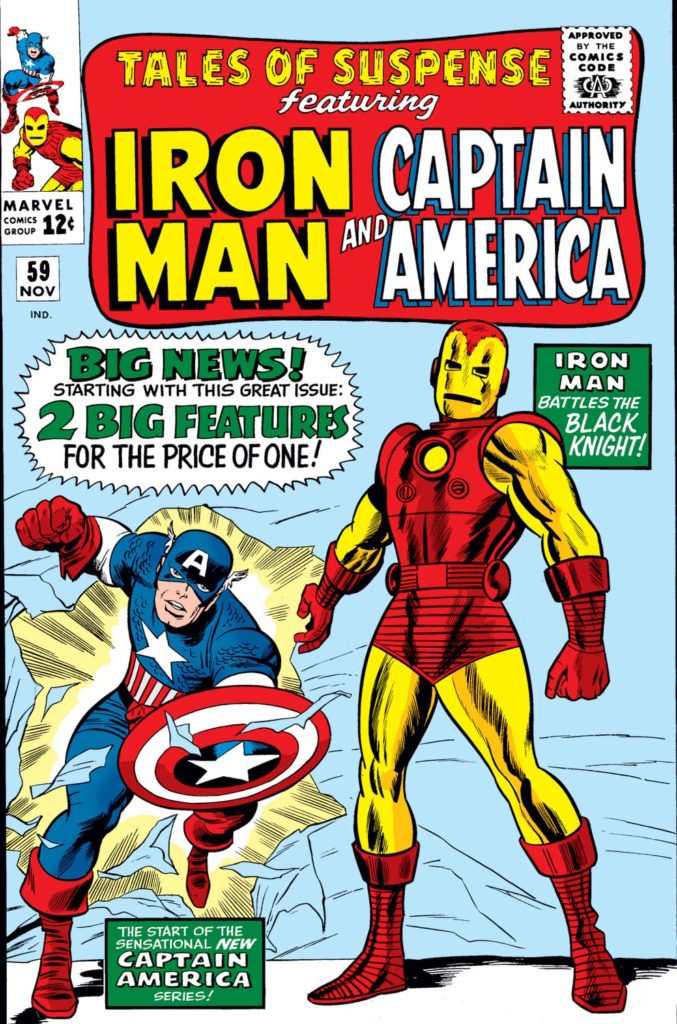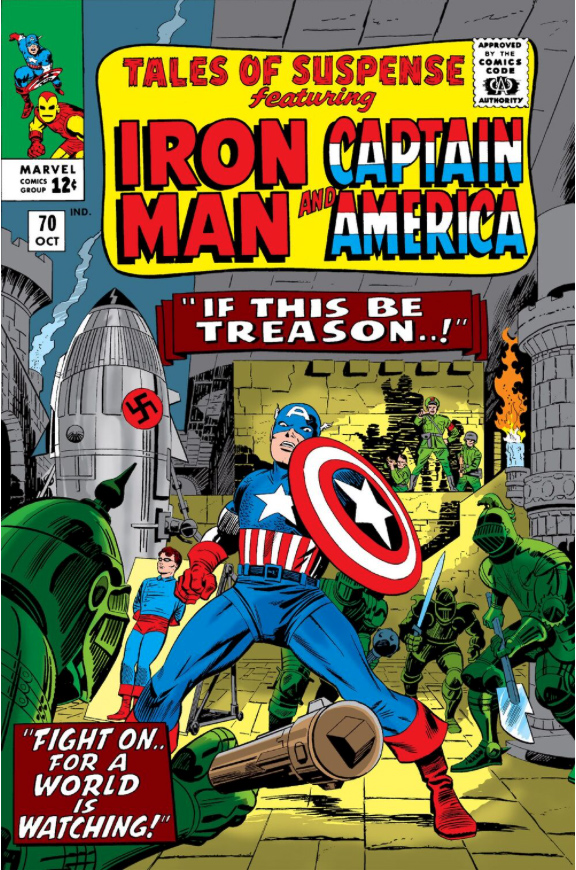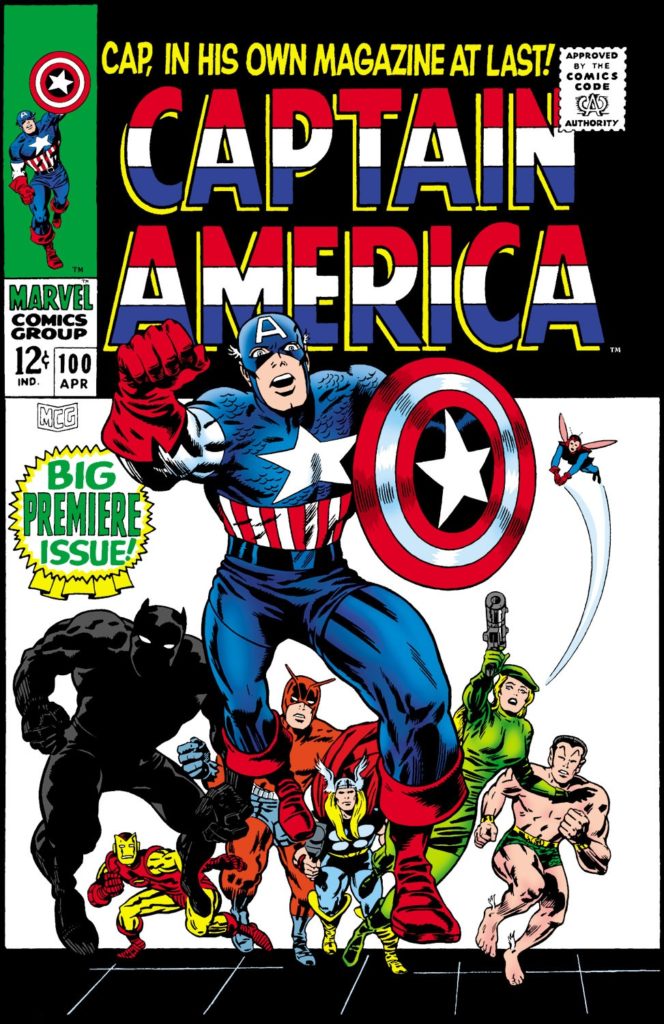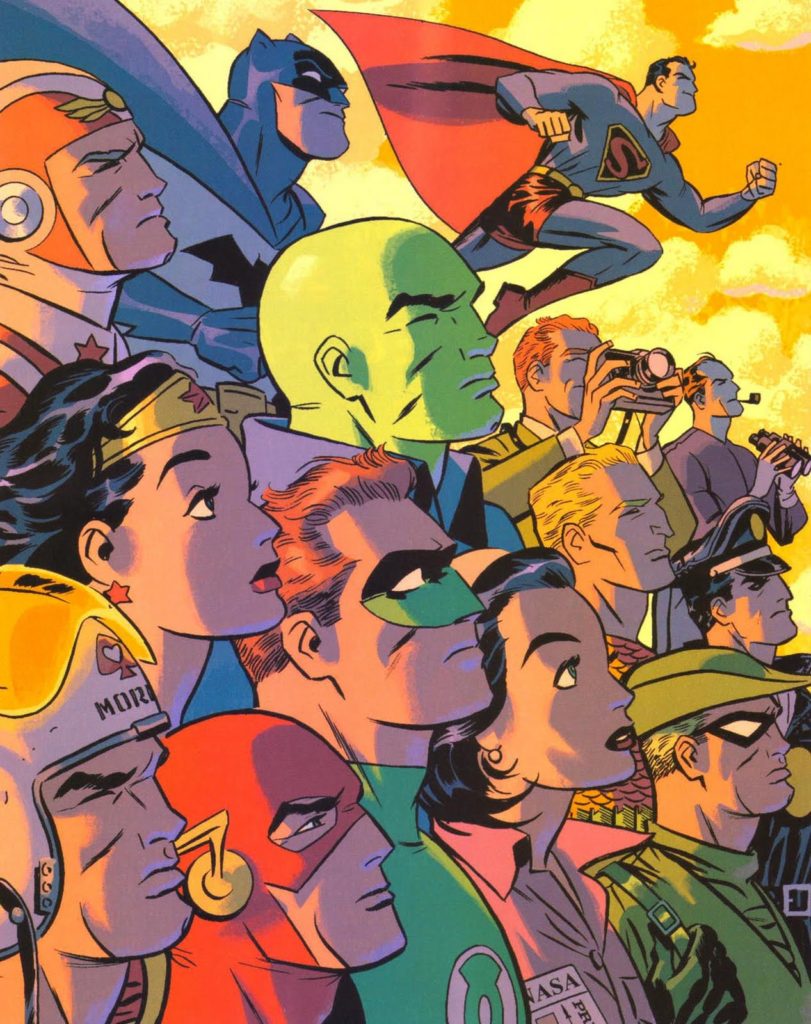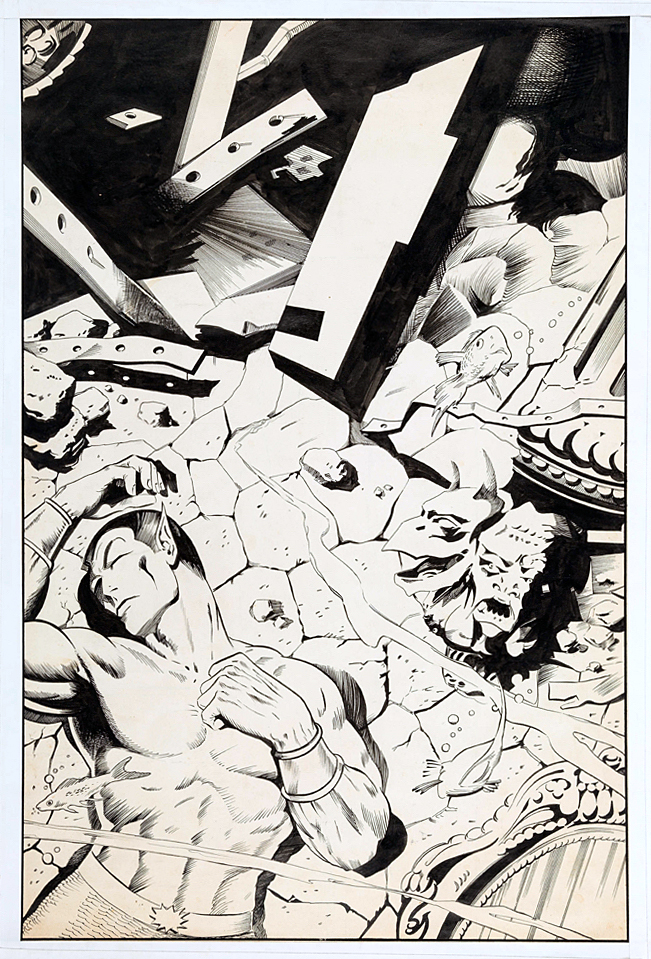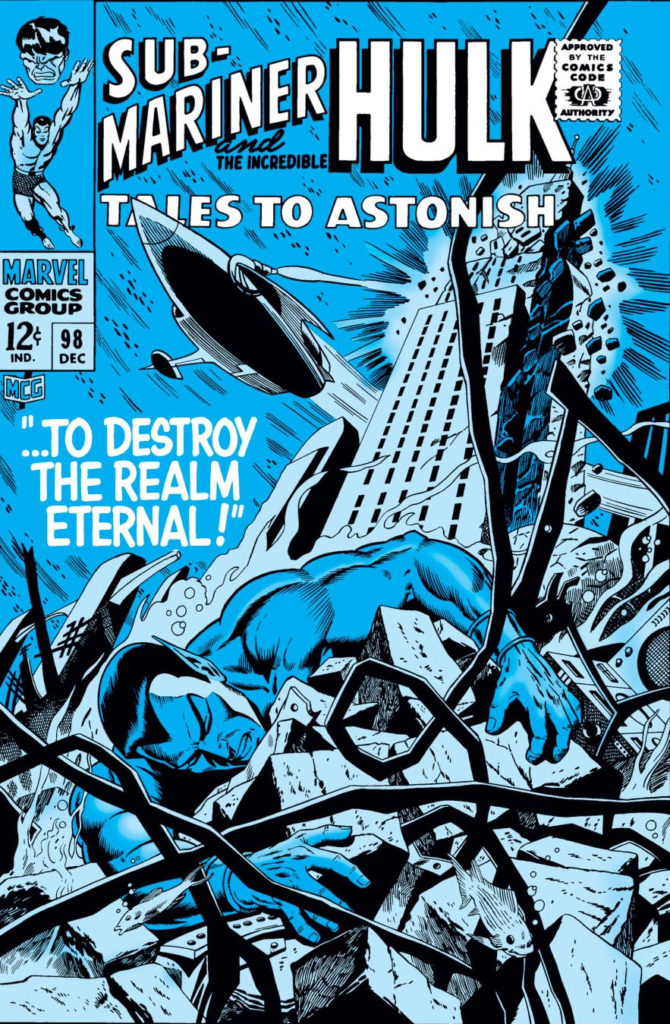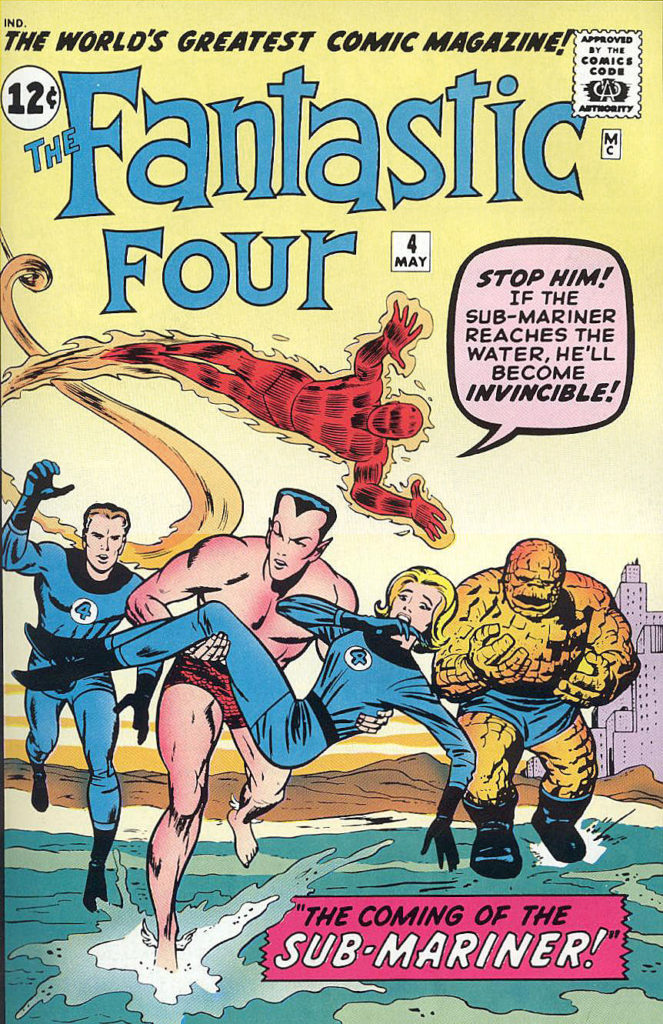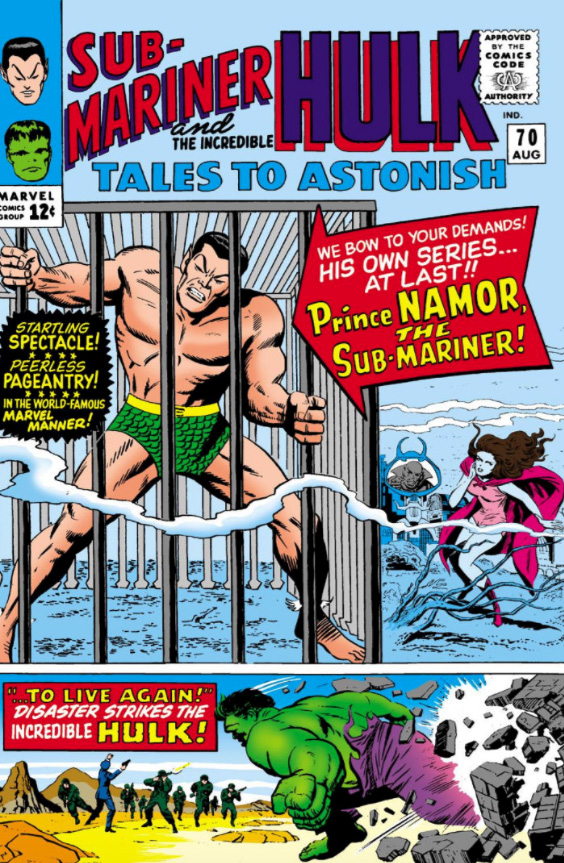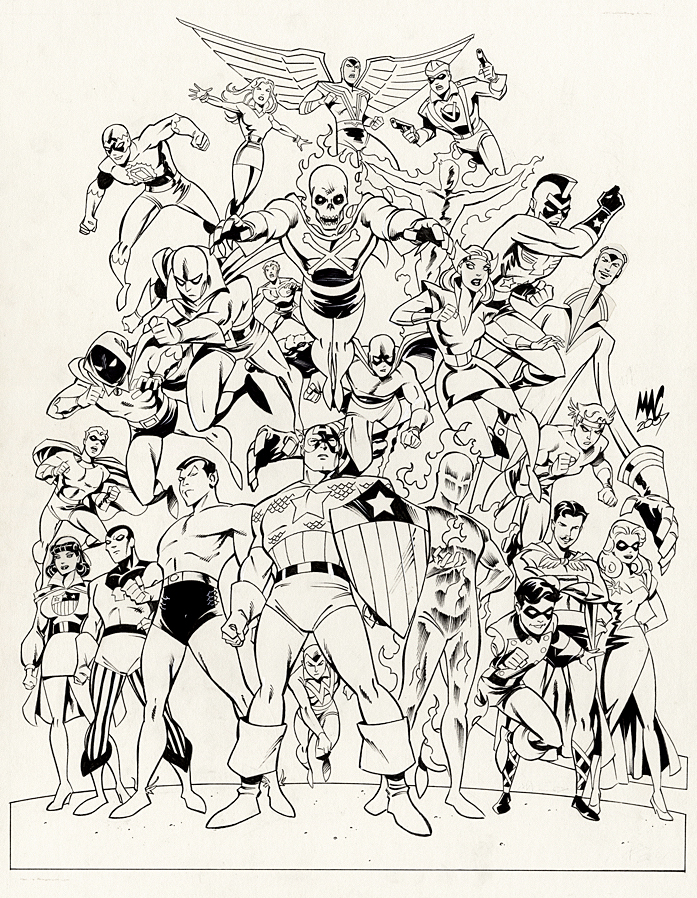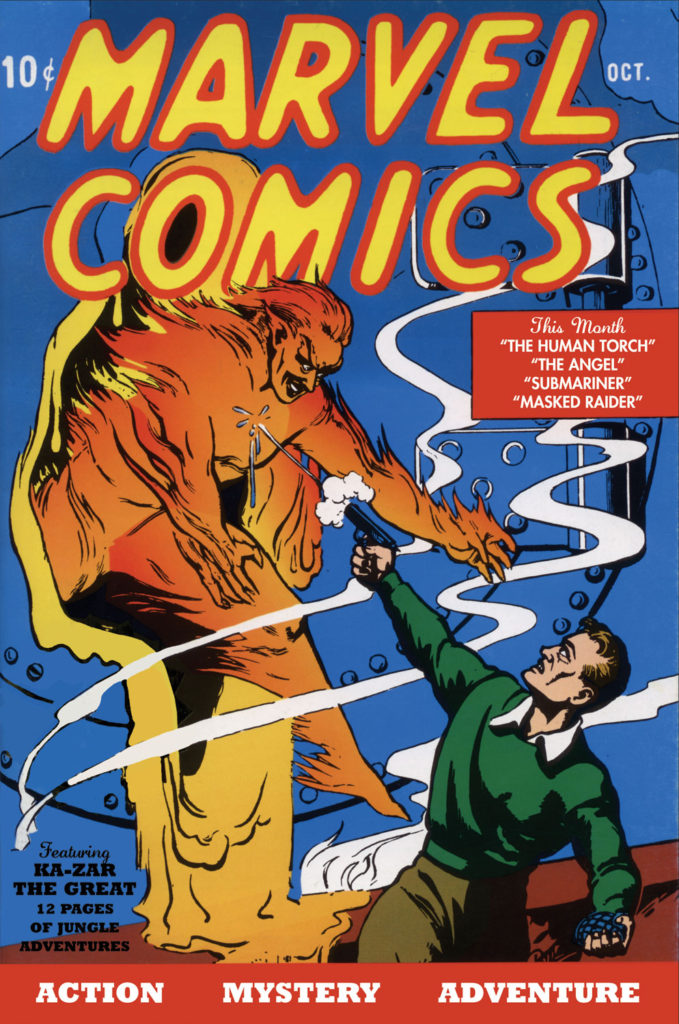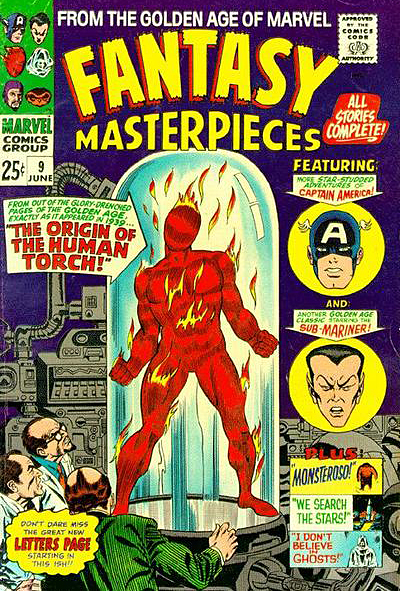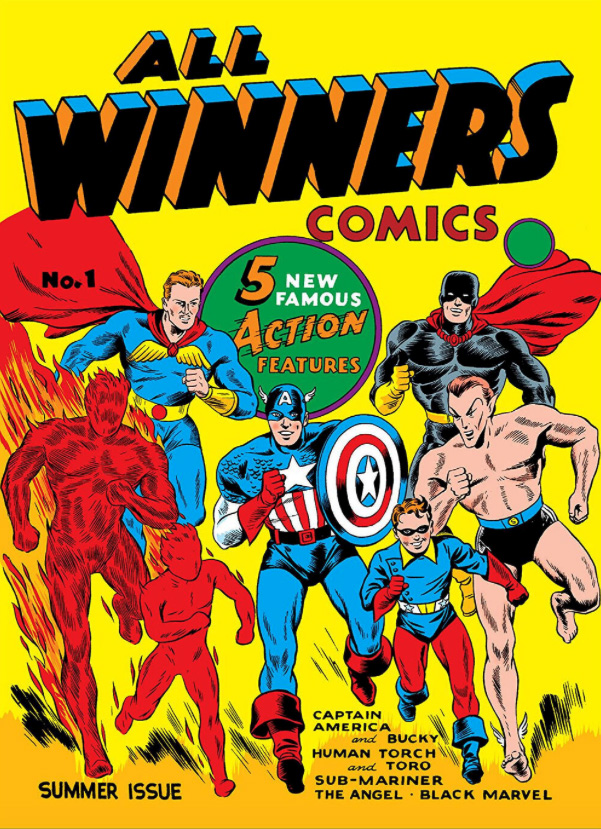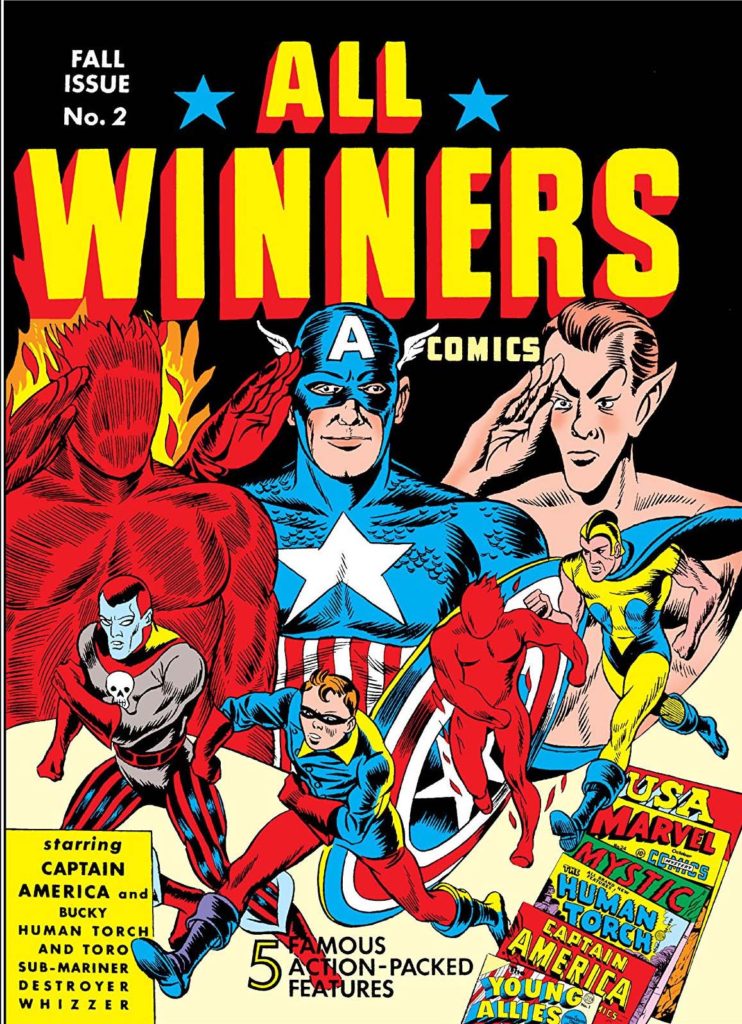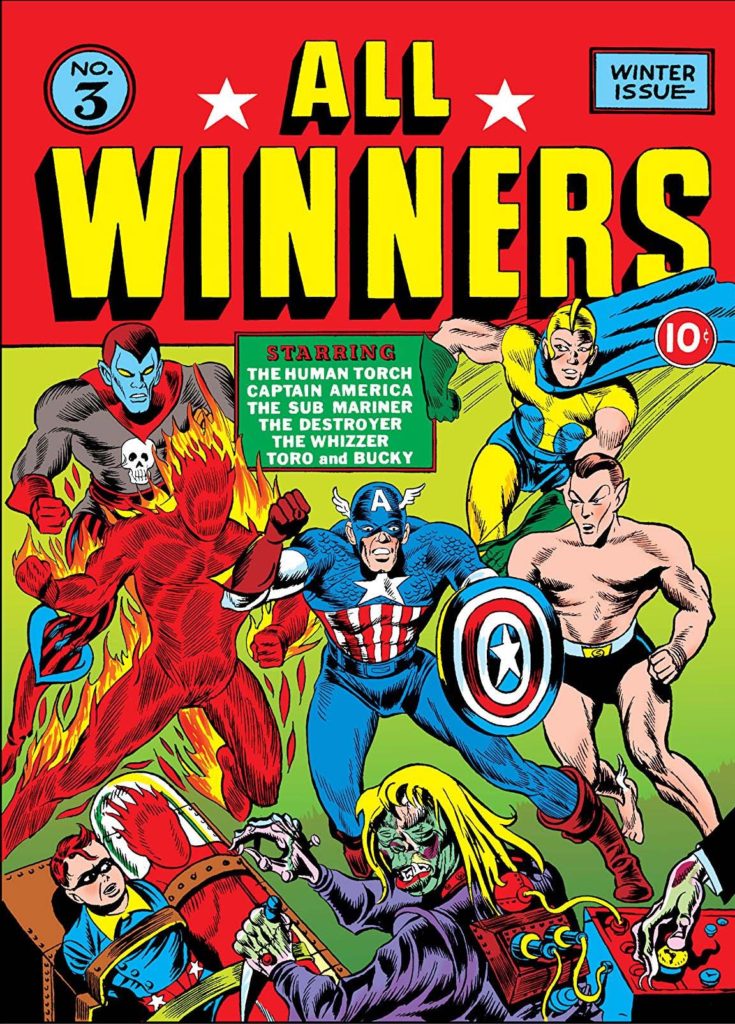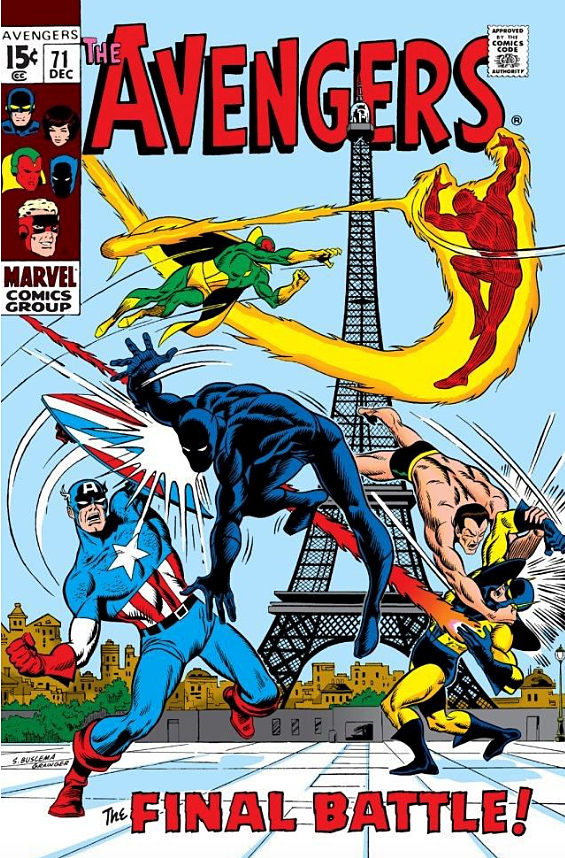Russ Manning — The Last Command
Star Wars Daily Comic Strip, June 16, 1980
At first glance, Russ Manning’s clean art style is an unusual choice for Star Wars. The saga (the original film specifically) is a bit rough around the edges, with scorch marks, dusty landscapes, dirty uniforms, and beat-up droids.
Manning, best know for his beautiful art on Tarzan and Magnus Robot Fighter, is anything but.
His work is crisp and polished. Magnus lives on Earth 4000 AD, a world populated by handsome men and gorgeous woman inhabiting a shiny futuristic city. The battle against the sentient robots? Terminator this is definitely not.
But, Russ’ imagination and enjoyment for Star Wars is obvious on these strips.
Even if the stories themselves, like those in Marvel comics, were often “B” level because they weren’t permitted to do very much with actual film-related plots, his storytelling and renderings provided more than enough visual interest to keep the strips engaging.
This specific example, which features most of the Star Wars main cast, comes at the conclusion of Russ’ penultimate story. He died of cancer too young at 52, a few months after this strip was published.
Had he lived, I’m certain he would have come back to Star Wars at some point.
After all, he created a city-covered planet, very much like Coruscant, years before George Lucas did. In fact, when Magnus debuted, George Lucas was still a teen who, among other interests, had a passion for comic book art.
Wait a minute… (*)
*Ok, Lucas (definitively) and Manning (likely) were influenced by Fritz Lang’s ground-breaking film Metropolis, and this is just a fun coincidence. But still.

